RODRIGO ARTEAGA
Rodrigo Arteaga joined the Centre for Print Research (CFPR), University of the West of England (UWE), for an artist residency in 2022 with the aim of expanding his understanding of mycelial networks and exploring non-human drawings made by fungi. Fungal activity is vital to ecosystems, yet it’s often invisible as it happens below our feet, through soil or any substrate, such as a tree. Rodrigo’s intention was to create devices to observe fungal activity, a live system that was constantly changing. He aimed to explore how print could become a way of documenting that indeterminate process.
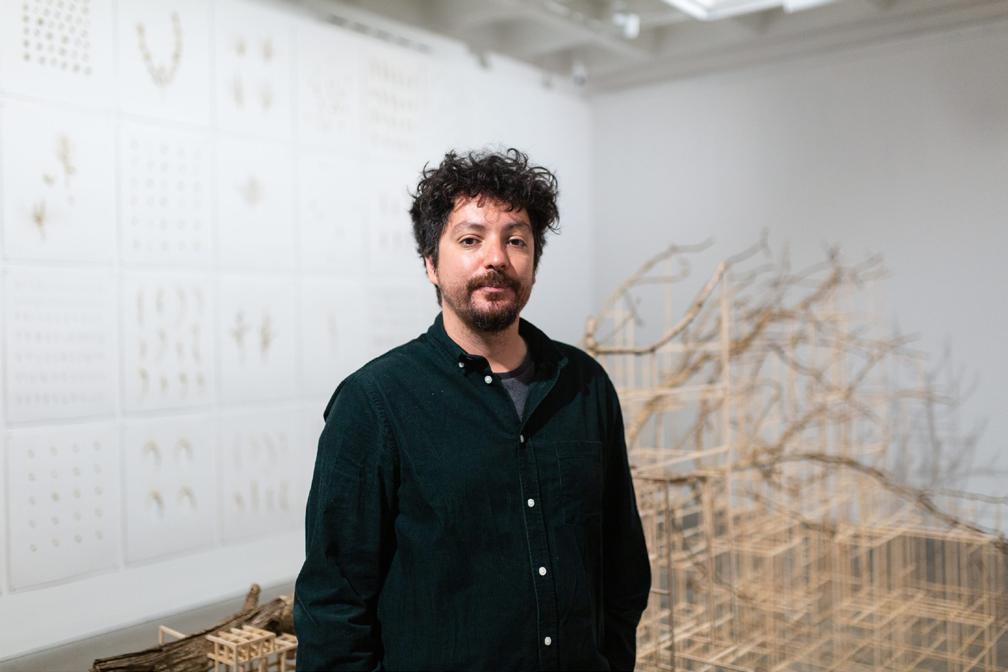
‘My friend Giuliana Furci, who is a great inspiration, she always says “we have to let things rot”. We must really elevate the process of decomposition and recomposition. I think it’s important to shift the perception of decomposing matter as something to be afraid of, into making it almost sacred. So, I thought about making devices to observe and engage with this process. It’s a challenging task because of the very nature of the process, but the attempt is important.’
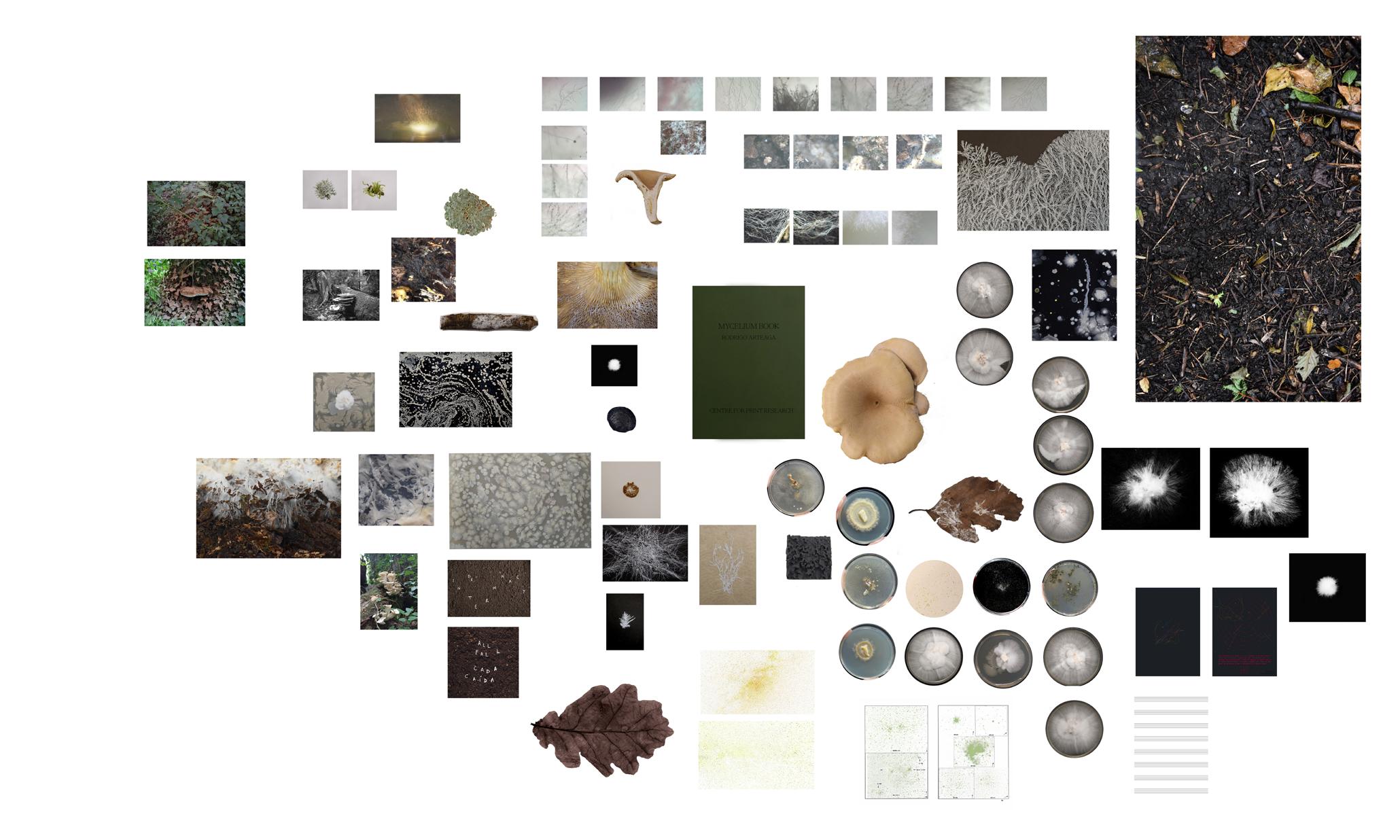
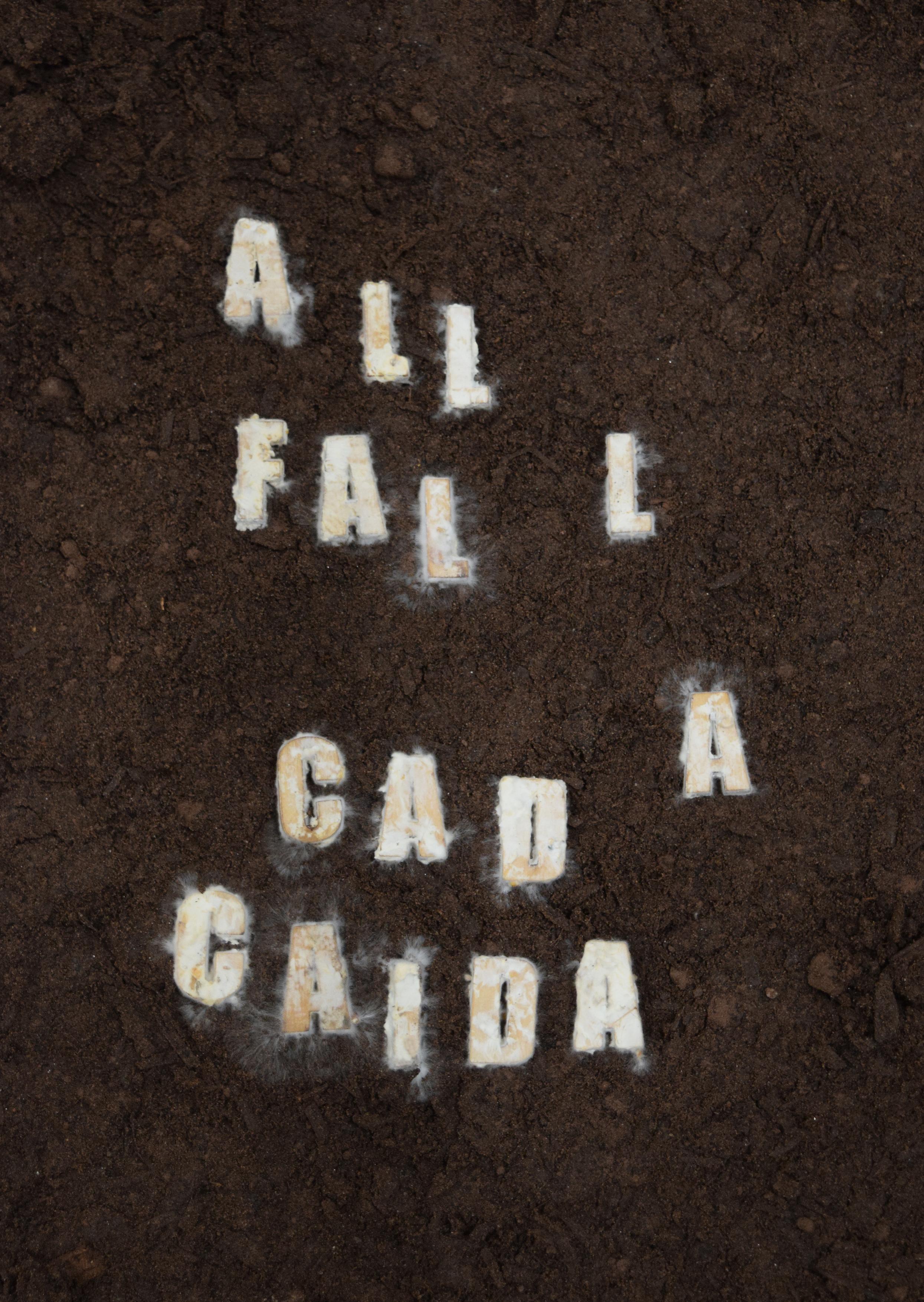
What new printmaking or other creative processes did you practice whilst at CFPR?
I used many processes that were new to me. It was great to work with Laura Clarke, master printer at CFPR. Laura understood the images I wanted to make and suggested many experimental ideas such as sparkling white spirit on a soft ground on a copper plate, and directly exposing a mycelium found on the forest floor onto a photopolymer plate.
I grew fungi on petri dishes, plates and vitrines, and observed mycelial networks under the microscopes of the CFPR’s Disruptive Print Studios. From these observations I made a couple of etchings on copper plates imitating mycelial behaviour, printed with white ink on black paper. The microscopy observations later evolved into a video
installation at the Museo de Arte Contemporáneo in Chile. I was also able to document a live lichen using photogrammetry to then print it in 3D.
I tried a very exciting new idea that consisted of inoculating wooden letters with mycelium of Pleurotus Ostreatus (Oyster) for several weeks until the mycelium was completely ingrained in the wood. I then wrote poems on soil using these letters. It was like an intense mycelium bath, encouraging the mycelium to grow from the letters outward. I photographed them at this stage to create prints, calling them ‘fungal poems’. This was a breakthrough for me which I want to keep exploring, also in sculptural form. I literally filled a whole notebook with ideas, some of which are the basis for year-long projects and others are impossible to make.
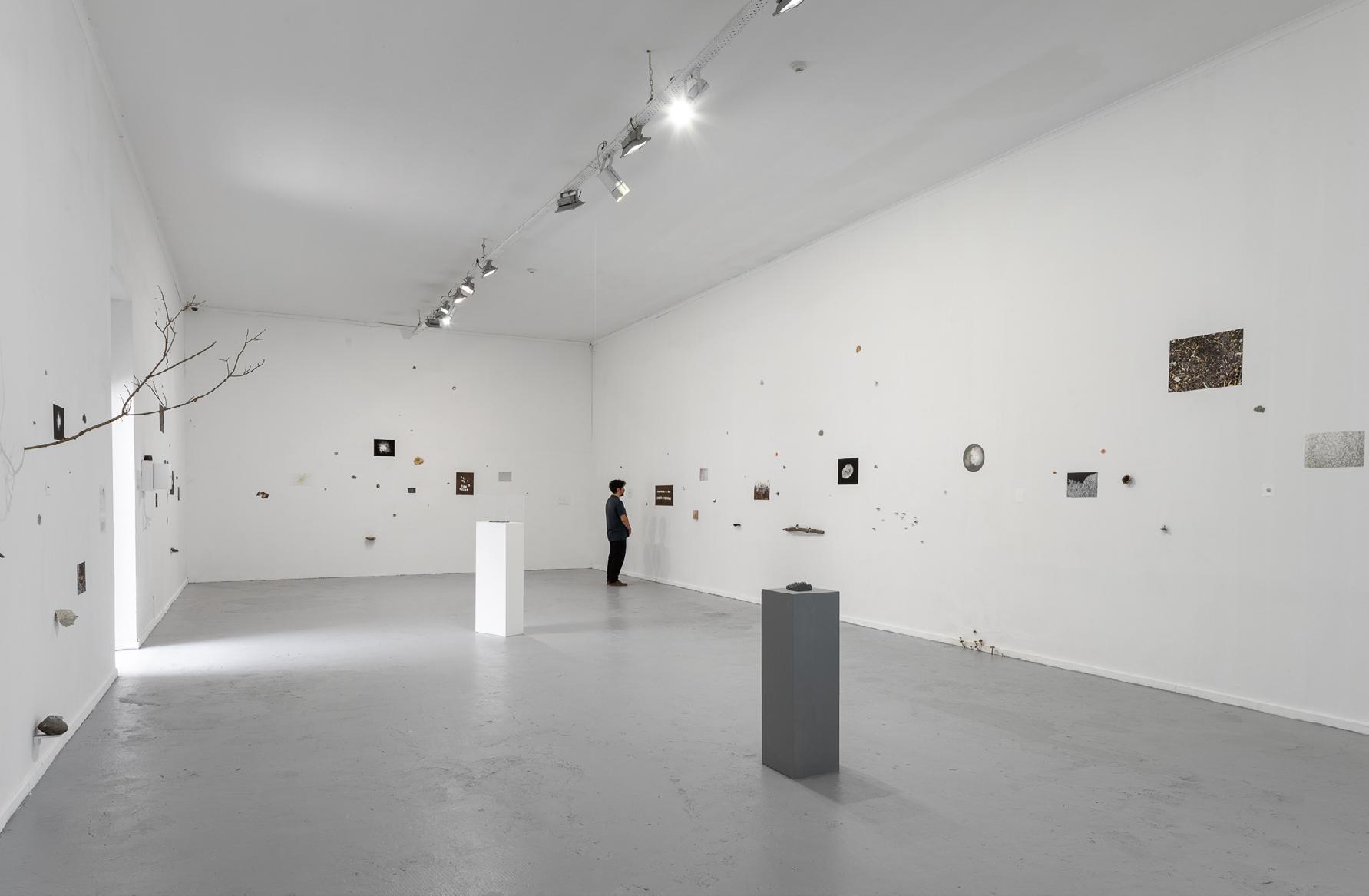
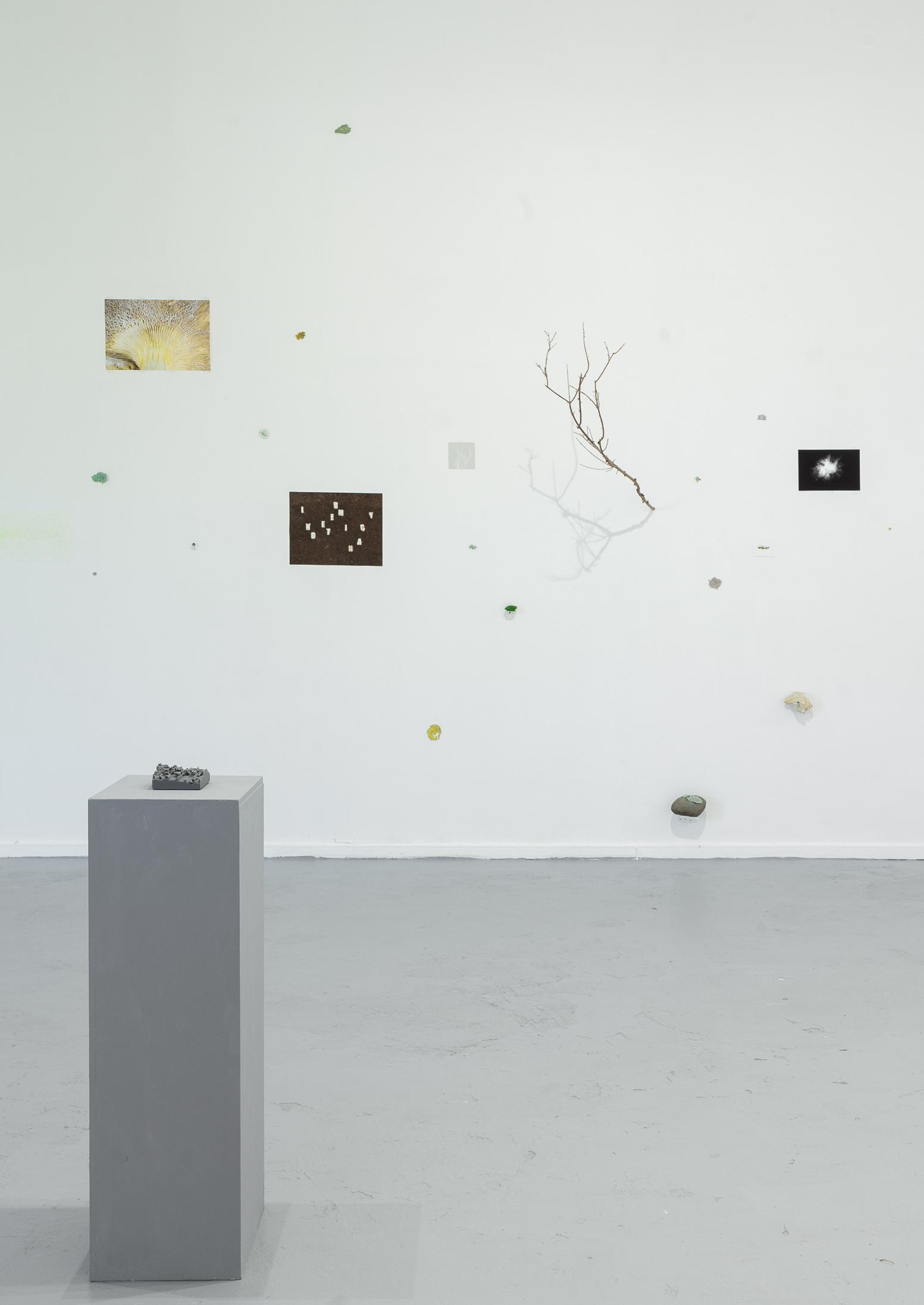
How did your ideas evolve as the residency progressed?
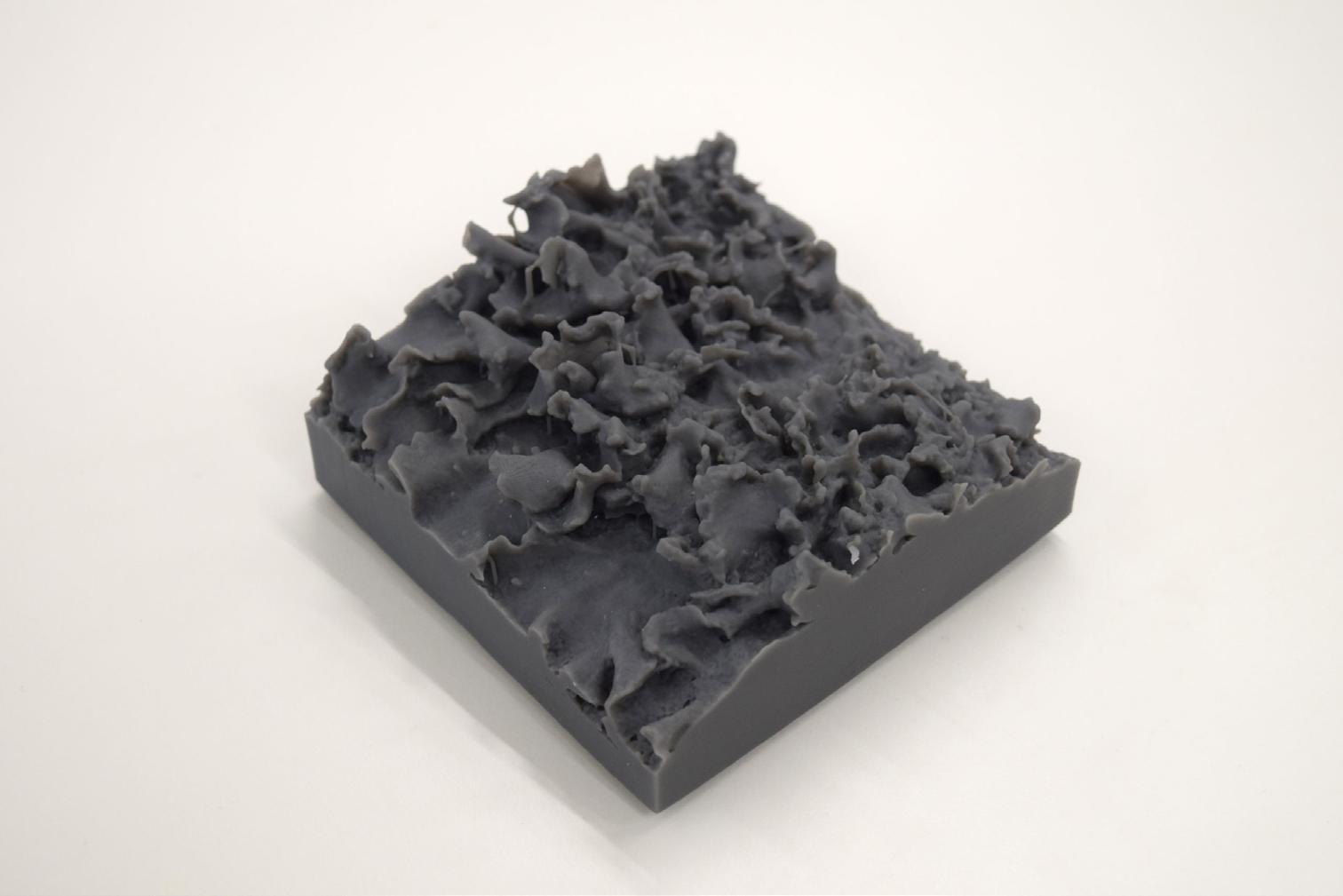
I think my ideas grew much like mycelium. I was thinking about symbiosis by the study of lichens and mosses in the subantarctic forests of Cape Horn when I arrived, and I realised that the Centre for Print Research itself was quite mycelial. I met so many experts in different fields that I felt I needed to get to know people and see what was possible on arrival. Many collaborations followed, much like a hypha would link and create new paths.
I initiated a variety of experiments simultaneously, to get a sense for what processes would work. Working with live organic systems is unpredictable and things can change drastically from day to day. It’s quite exciting but you must be open to the possibility that things might not work. I remember one day being totally immersed in the forest when rain started pouring. I got
completely wet, and it occurred to me that you had to get wet to study fungi - that was the reason why they were growing in abundance there.
I spent so many hours looking, observing, smelling, and moving things around in the search to find fungi. I think that daily ritual of cycling and going to the forest to see what I could find was very important. I spent time in Bristol’s Leigh Woods, Snuff Mills and Stoke’s Park next to UWE Frenchay campus. The forest rewarded me each time and was leading my way. The residency became like a laboratory for thinking, observation and letting ideas and processes grow, as if gradually removing oneself and allowing the fungi to manifest.
After my residency I was honoured to be one of the keynote speakers, alongside Tracy Hill, for IMPACT 12 International Printmaking Conference, hosted at City Hall in Bristol. It was incredible to meet so many people and be part of such a fruitful event. I felt very humbled to be a keynote speaker amongst so many talented and incredibly interesting artists and thinkers.
Whilst in residence I was also showing a new commissioned work in the group exhibition ´Forest: wake this ground´ at Arnolfini, Bristol. I ran a drawing session for MA Curating students at the University of the West of England, an exhibition tour for visually impaired people, and a workshop for young students from the Creative Youth Network. In the latter we made clay fungi and placed them in unexpected places throughout the Arnolfini building.

What have you learned whilst in residence at CFPR?
Just the opportunity to delve into research every day for 2 months was very enriching. Every day I learned something new. So many days were spent walking in the forest, observing. I learned the locations of fungi that I came back to see, noticing changes in their growth. The forest rewards the ones who look. Preparing to discover something unknown and mysterious requires some opening up. I learned about different species to the ones I am most familiar with in Chile.
In this sort of constellation between the studio and the forest, I brought fungi samples to the lab and turned the darkroom into a growing room. The aim was to look at the local fungi. I think that gaze is very important - I have collaborated before with microbiology labs or bio fabrication labs and so I attempted, kind of, to make my own microbiology lab. I also had to study all the recipes - I’d never prepared agar before or explored

the whole sterilization process. It’s
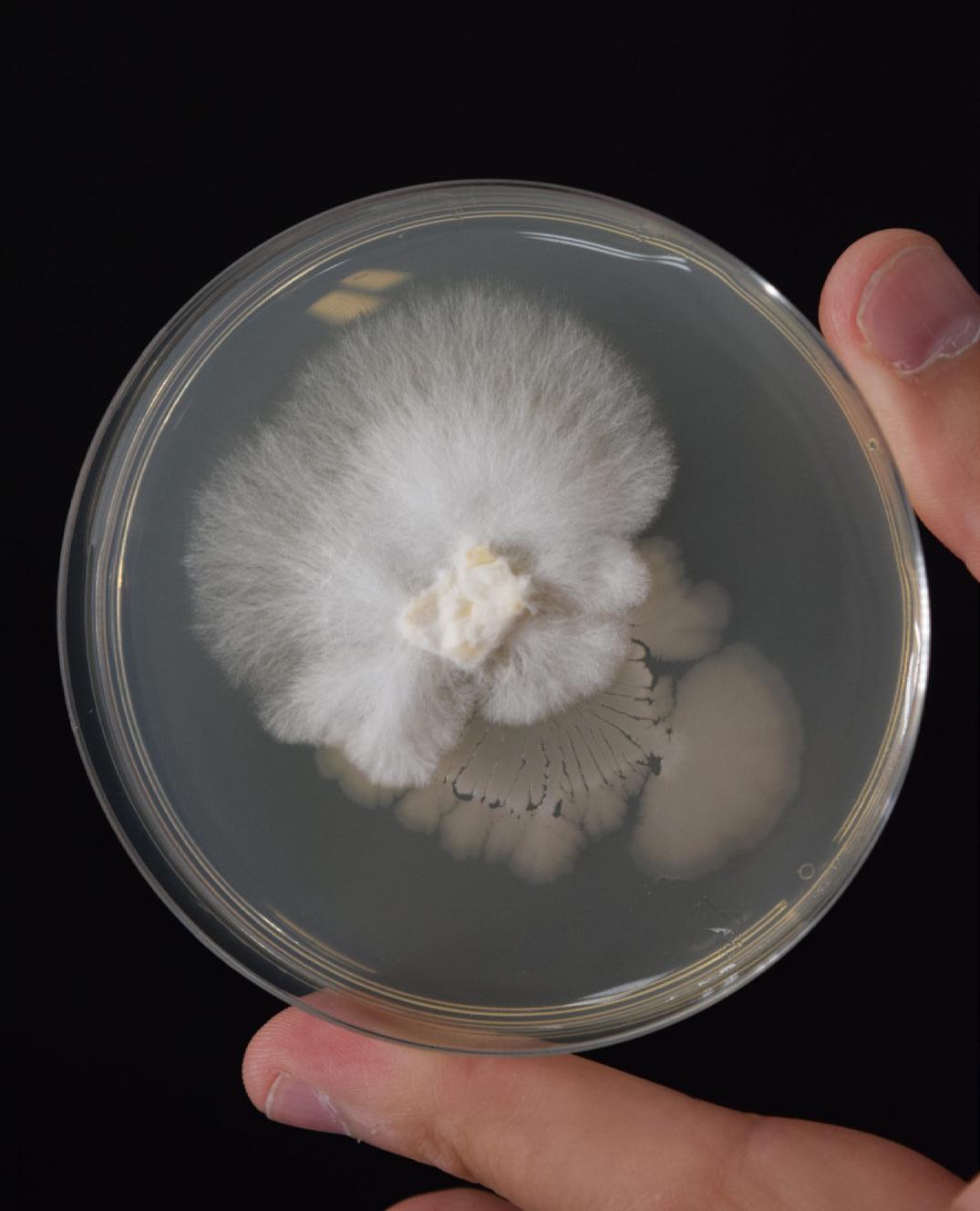
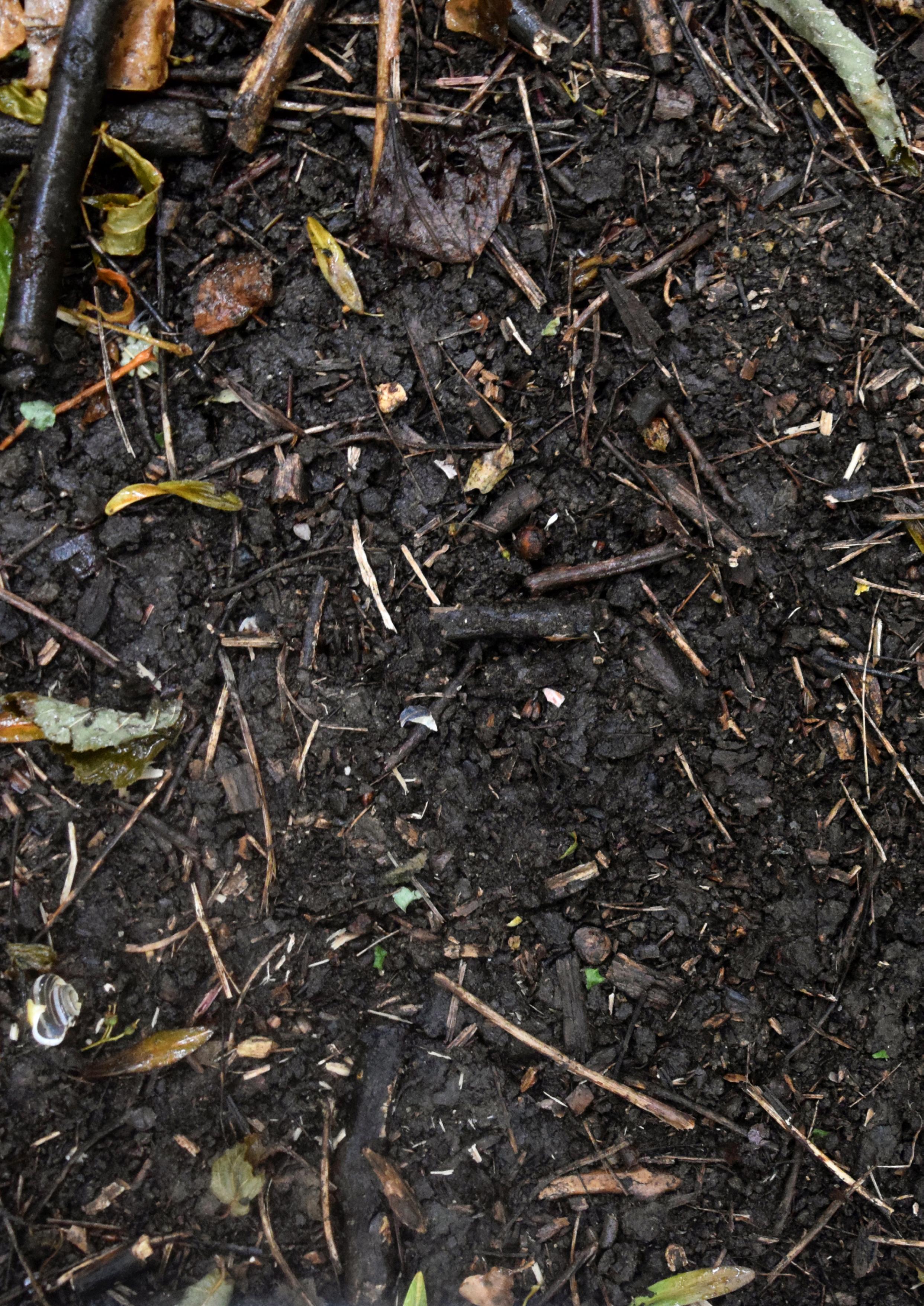
What can you tell us about the concept and ideas behind the final edition?
I was obsessing with the book A Mycological Foray which examines John Cage’s fascination with fungi, and I had also just finished reading Entangled Life by Merlin Sheldrake, which was extremely inspiring. I was in the middle of many experiments and one night I dreamt of a book that would encompass all the processes of the residency. The idea of a nonlinear book started to take shape, a box-like artist book that could contain the process. Mycelium is much more a process than a fixed thing, so I was driven to the idea of a book that you could open and unfold, containing a collection of prints and objects. The opening of the box felt appropriate, because in many ways, I had been trying to open up the soil and see what happened below our feet. The CFPR team suggested new ideas that were included in the final edition, such as including a magnifying glass and petri dish in the box.
In the process the dark room was turned into a mushroom growing laboratory that became a constellation between the studio and the forest. I took fungi samples from the local surrounding forest to grow them in the lab and made experiments, that are understood as devices, to observe what would normally happen beneath the soil or through a substrate. Thin glass vitrines, microscopes, bio-trays, petri dishes and agar were all used to contemplate mycelial growth. Some prints were made with etching by copying mycelium networks, others by directly exposing mycelium onto photosensitive plates, others by writing fungal poems with inoculated letters. Mycelium is a process, a behaviour, and in a similar way, the ideas in this book have grown and expanded.

My edition started to evolve into an artist book that included several editions instead of one. This was the only way of representing the ideas as what they are. I wanted to include the mistakes as much as the very thought through and prepared processes, as they are of equal importance. I wanted to make a work that almost made itself somehow.
The biggest challenge was the ambition of so many different prints - I got lost trying to make them into an index, which became a map to get lost in. I think we overcame the challenges as a team, through sharing ideas, and through the enormous patience, generosity and skill of Laura Clarke who did the editioning. We also benefitted from the skill of Bristol Bound Bookbinders who produced a beautiful linen box to contain the prints. I think we communicated well and, like a mycelium, worked in collaboration and symbiosis. I am so thankful to everyone who contributed to the overall project.

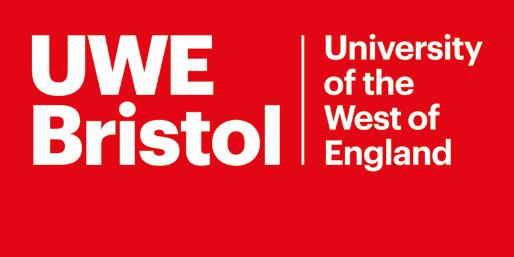
Did you face any challenges whilst creating the edition, and if so, how did you overcome them?
